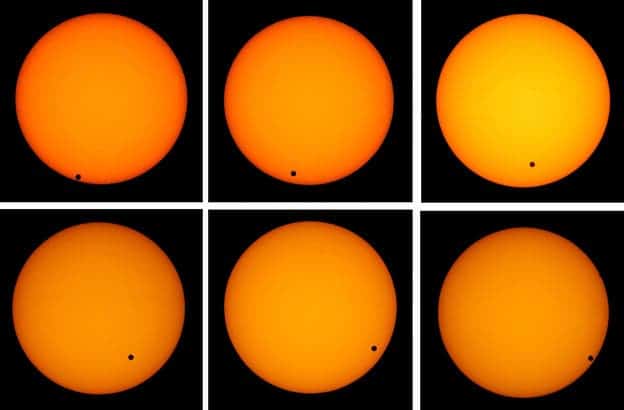As you may or may not know, on the 5th of June, we will be able to witness a once in a lifetime event, which occurred only seven times since the age of Galileo Galilei; the next time Venus will pass in front of the Sun will be 105 years from now, in 2117. Th&e transit of Venus in 2012 will begin at about 3:09 p.m. PDT (6:09 p.m. EDT or 2209 GMT) and will last about 7 hours, as Venus crosses the entire face of the Sun. Observers all over the world will be able to catch a glimpse of the phenomenon, although for some it might be at an uncomfortable hour. But how can you safely photograph this event? A few basic measures should be taken.
- Filter and protection
First of all, you should definitely protect your eyes and your equipment using a proper visual filter to cut down the Sun’s brightness. The best would be a No. 14 welder’s glass filter, but if you can’t afford that, other adequate filters will do as well.
- Use a telescope or a telephoto lens
Of course, only for those who want a profi touch to their pictures – a telescope or telephoto lens isn’t something that grows on every fence. You first have to decide what you want to capture – the whole disk of the sun with the tiny pitch-black silhouette of Venus in it or close-ups of the ingress (entry) or egress (exit) of Venus’ disk along the edge of the Sun and record the so-called “black drop” effect.
- Check your focus
When you’re aiming for the stars, focus is a must – and if you can get away with a slight lack of focus on some pictures, this time, failure is not an option.
- High resolution
The more pixels, the more quality.
Fore more and more detailed tips, check out this excellent post over at Space.com.







